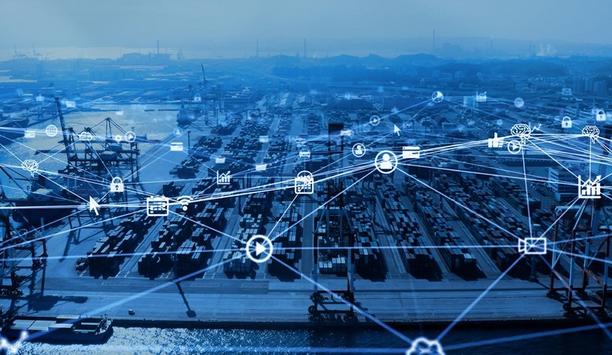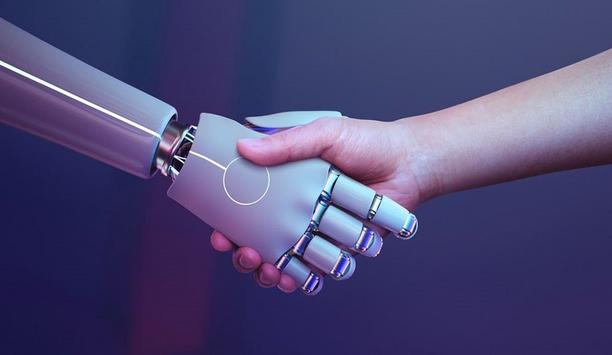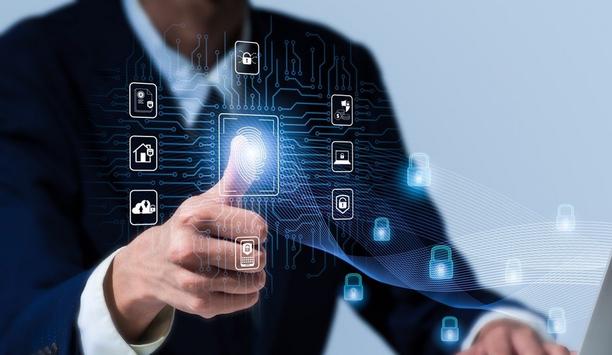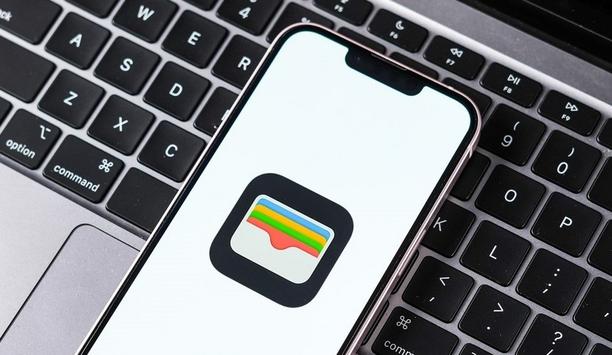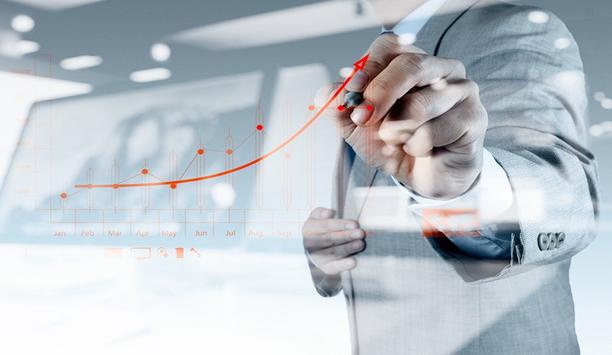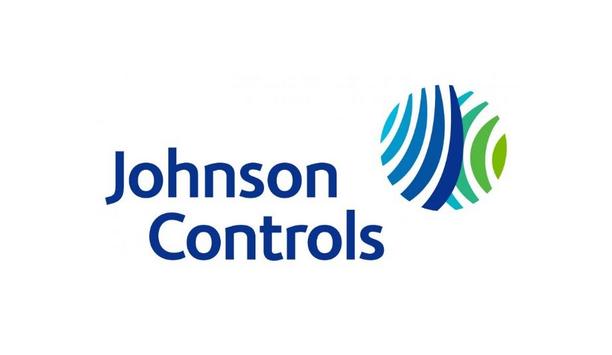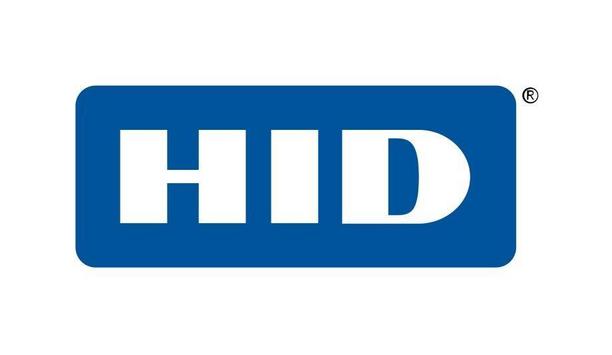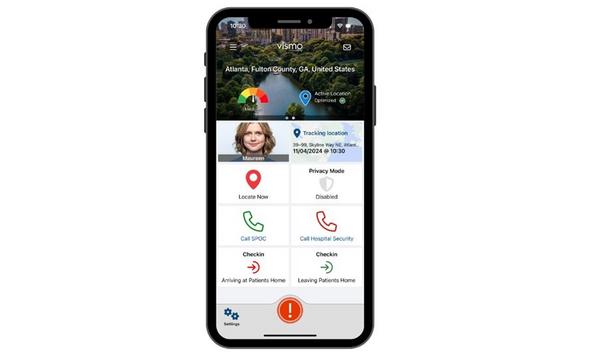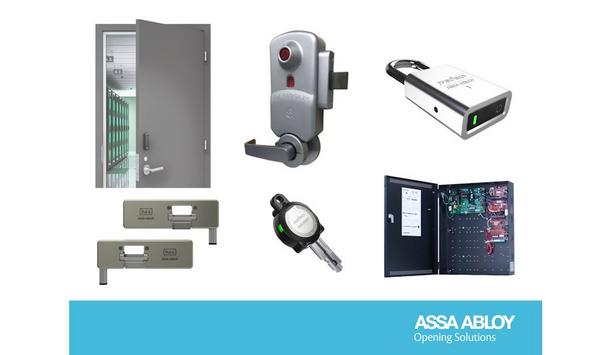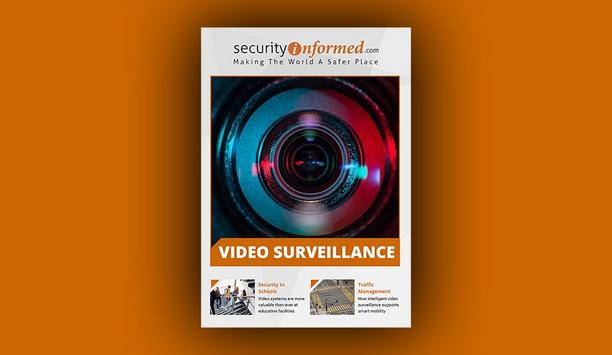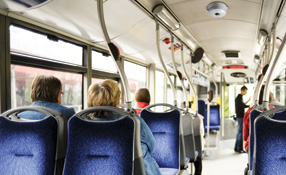 |
| Better, faster networking plays into the optimistic outlook for the transportation vertical |
Our market has plenty of reasons to be optimistic about the future of security systems in the transportation vertical. “Given the advances in processing power and technology, we can only imagine what the capability of an IP camera will be in five years,” comments Anthony Incorvati, business development manager, critical infrastructure and transportation, Axis Communications. “Think about the smart phone you were holding in your hand five years ago, versus now, versus five years from now. It’s the same with IP cameras – the technology is moving that fast.”
Better, faster networking also plays into the optimistic outlook. In the future, 4G communication capabilities will expand (and data costs decrease). At some point, it will make economic sense to capture continuous, real-time video streaming from moving buses and trains, says Rob Schwaber, product manager, mobile/transit products, March Networks. “We can do that today in a limited fashion,” he Schwaber says. “But it’s not cost-effective for a large fleet. For a large fleet to have functionality all the time, there’s a lot of bandwidth and costs, but those technologies are getting better and cheaper.”
Panasonic foresees video analytics and facial recognition tools playing an increasingly important role in security solutions for transit security. The ability to identify persons of interest, known criminals, or disgruntled employees may help to alert staff to flagged individuals who might be of concern. These capabilities, in combination with high-definition cameras, can be used to capture important details like distinguishing features of a suspect that would not have been possible with previous generation technology.
The market is growing, too. As ridership continues to grow, so will security incidents, making integrated, comprehensive security solutions an integral part of the purchasing decisions a transit agency must make to provide the safety and security required for passengers and transit employees.
"Technology will need to |
It is important to look at the growing rate of commuters and travelers using public transportation and how this is going to impact existing and future security solutions, says Steve Cruz, strategic transit solutions manager, Panasonic System Communications Company of North America. “Technology will need to accommodate growing ridership and be able to stay ahead of criminal tactics and threats to provide the best possible solution,” he says.
According to HID Global, the next big things for access control in the transportation vertical are (a) interoperability; (b) adaptability; and (c) simplicity in how identities are created, used and managed across many different applications. These are critical benefits for transportation system operators who must stay abreast of technology advances and ahead of evolving threats, says Jeremy Hyatt, director of marketing, HID Global. In order to deliver these benefits, HID Global has adopted Seos as its credential technology standard. Silicon-independent, Seos can be easily ported across different hardware devices. HID Global’s secure identities can be loaded onto a Seos card at the time of manufacture, or provisioned to a Seos-ready phone via HID Mobile Access, which turns smart phones and other mobiledevices into trusted credentials that can replace keys and smart cards. HID Global secure identities powered by Seos provide an additional trust layer while enabling any smart device to become a trusted credential.As phones become trusted credentials in the near future, the industry can leverage Bluetooth and gesture technology. This, too, is an extremely promising new opportunity for the transportation vertical, says Hyatt. Bluetooth combined with gesture technology enables users to open doors and gates from a distance by rotating their smart phone as they approach a mobile-enabled reader. This improves the user experience while adding an authentication factor to the access control rule set that goes beyond something the cardholder “has” (the card) to include a gesture-based version of something the cardholder “knows” (like a password or personal identification number, or PIN). A user presents the phone to a reader, rotates it to the right, and then returns it to the original position so that the credential inside the phone can be read, and access can be granted. The smart phone knows how the screen is oriented because its accelerometer senses movement and gravity. Gesture commands speed access, minimize the possibility of a rogue device stealing the user’s credential, and give users a great deal of control over how they interact with the access control system. “Just as mouse technology revolutionized the computer interface, gesture technology is expected to change how users interact with access control systems,” says Hyatt of HID Global.
"Just as mouse technology |
What else is on the horizon for the transportation market? Analytics, analytics, analytics, says Joshua E. Phillips, director of enterprise and critical infrastructure at Verint Systems Inc. Manufacturers have started to crack the code on some of video analytics’ most dire challenges, he says. The first wave of analytics met the harsh realities of customer environments and eroded confidence in all areas of the security advisory community, most notably among security consultants. Accuracy, processing load and application guidelines have improved greatly since analytics first burst on the scene more than 10 years ago, and it’s time for evolution to take its course.
March Networks is also working to further streamline the investigation process for end users and make it more collaborative, facilitating easier sharing of audio and video when an investigation is being processed. Milestone Systems agrees and is taking its sophisticated VMS solutions to the next level – case management. Using video for other purposes, such as police investigations, is becoming more typical.
There are also a number of new scenarios being enabled by emerging technologies, adds David King, business development manager, city surveillance, transportation and critical infrastructure, Americas for Milestone Systems. For example, cell phone conversations can be compared with video footage of a platform, or the inside of a train car or bus. The ability to share video in real time and also after the fact enables new capabilities as well.













